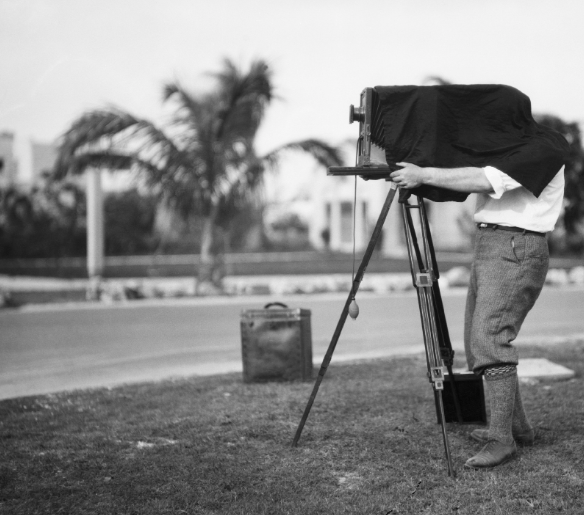
From film to AI-powered images: How the photography industry has changed over time
This story originally appeared on Giggster and was produced and distributed in partnership with Stacker Studio.
From film to AI-powered images: How the photography industry has changed over time
Many early photography professionals would likely struggle to conceptualize a handheld camera in the hands of nearly every U.S. citizen, let alone the added capacity to create videos, time-lapses, and panoramas instantly with the click of a button.
Today, most of us carry a highly advanced camera at all times, with the unprecedented ability to photograph, edit, and share swiftly. Getting to this level of sophistication took many decades and followed some truly incredible innovations from engineers and photographers throughout the 20th century.
Early on, the first step to capturing an image was using a camera obscura, which translates to "dark chamber" in Latin. The tool could project images onto a surface but lacked the light-sensitive plate to retain that image, so artists would trace the final pictures onto surfaces.
When Joseph Nicéphore Niépce paired this technology with a pewter plate coated with light-sensitive bitumen to capture a landscape, an enduring image was born in 1826. From there, more innovations in photography came in rapid succession, from daguerreotypes (which yielded detailed images) to calotypes (which decreased exposure time to mere seconds) to a wet collodion process (which was even faster and more detailed).
While many incremental steps were taken, the progress that got us to this point was largely spurred by Kodak. Its invention of the film camera, and subsequent innovations toward disposable cameras, brought photography out of the darkroom and into the home. In doing so, they created an entirely new mass market, introducing average Americans to the pastime of preserving everyday moments and events, which they coined "Kodak moments."
The consumer demand that followed led to a century of reinvention. Giggster delved into five ways the photography industry has shifted over time using sources from across the internet, including the Smithsonian Magazine, the Los Angeles Times, and the BBC.
From 35mm film to digital cameras; from mailing in disposable cameras for development to instant prints; from raw images to heavily edited ones, the photography industry has consistently and rapidly evolved over the past decades. With the advent of cellphone cameras, instantaneous digital photography and editing are more popular than ever, and as the world moves ever onward, more developments are already on the horizon.
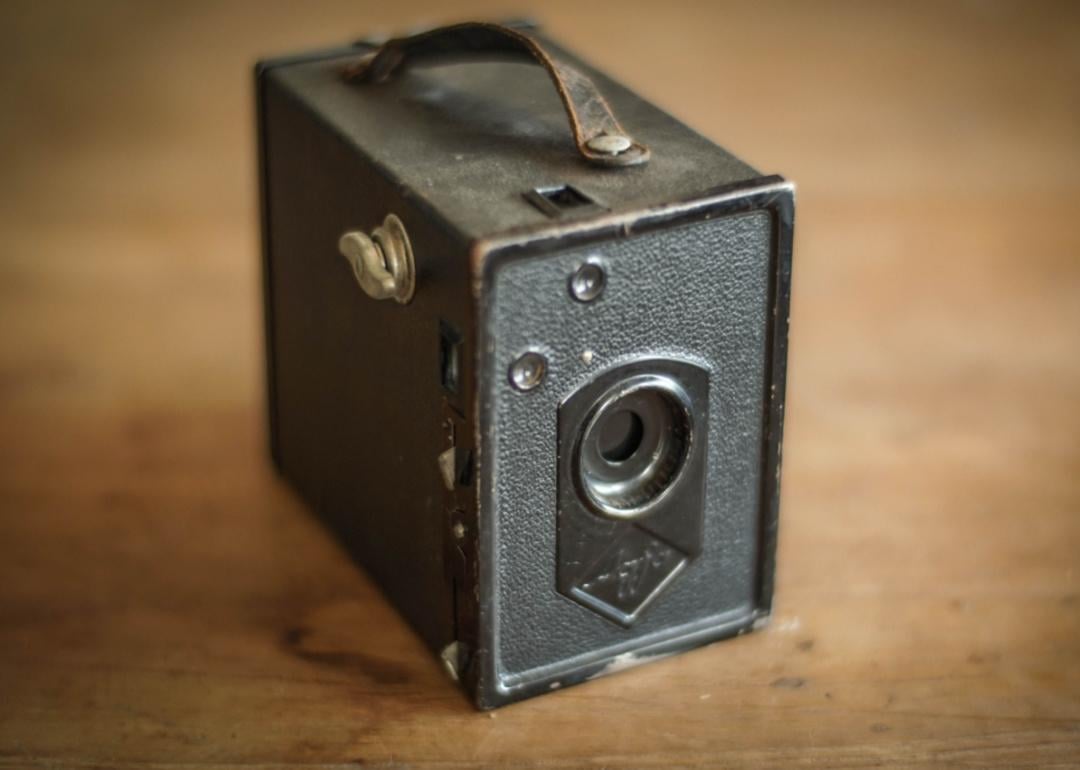
Innovation powers the industry
From the second half of the 19th century until today, cameras have become nearly unrecognizable due to transformative developments. Toward the end of the 19th century, Kodak began manufacturing roll-film cameras, trying out many frame sizes until 35mm became the industry standard.
Around the same time, the Ready Fotografer pinhole camera was introduced as the first disposable camera. It used an accordion-like paper box, allowing light to form an image on a plate. Disposable or returnable cameras gained a massive surge in popularity seven decades later during the 1970s when brands such as Kodak, Fuji, and Technicolor raced against each other to create an ever-cheaper but high-quality model.
The first digital camera was developed in 1975 by Kodak engineer Steven Sasson, with a resolution of 0.01 megapixels, and took 23 seconds to take a photo. Digital cameras overtook disposables in popularity thanks to the development of the CCD light sensor that essentially replaced the film's job within the camera. Today's phones boast 200-megapixel cameras to help put the advancement into perspective.
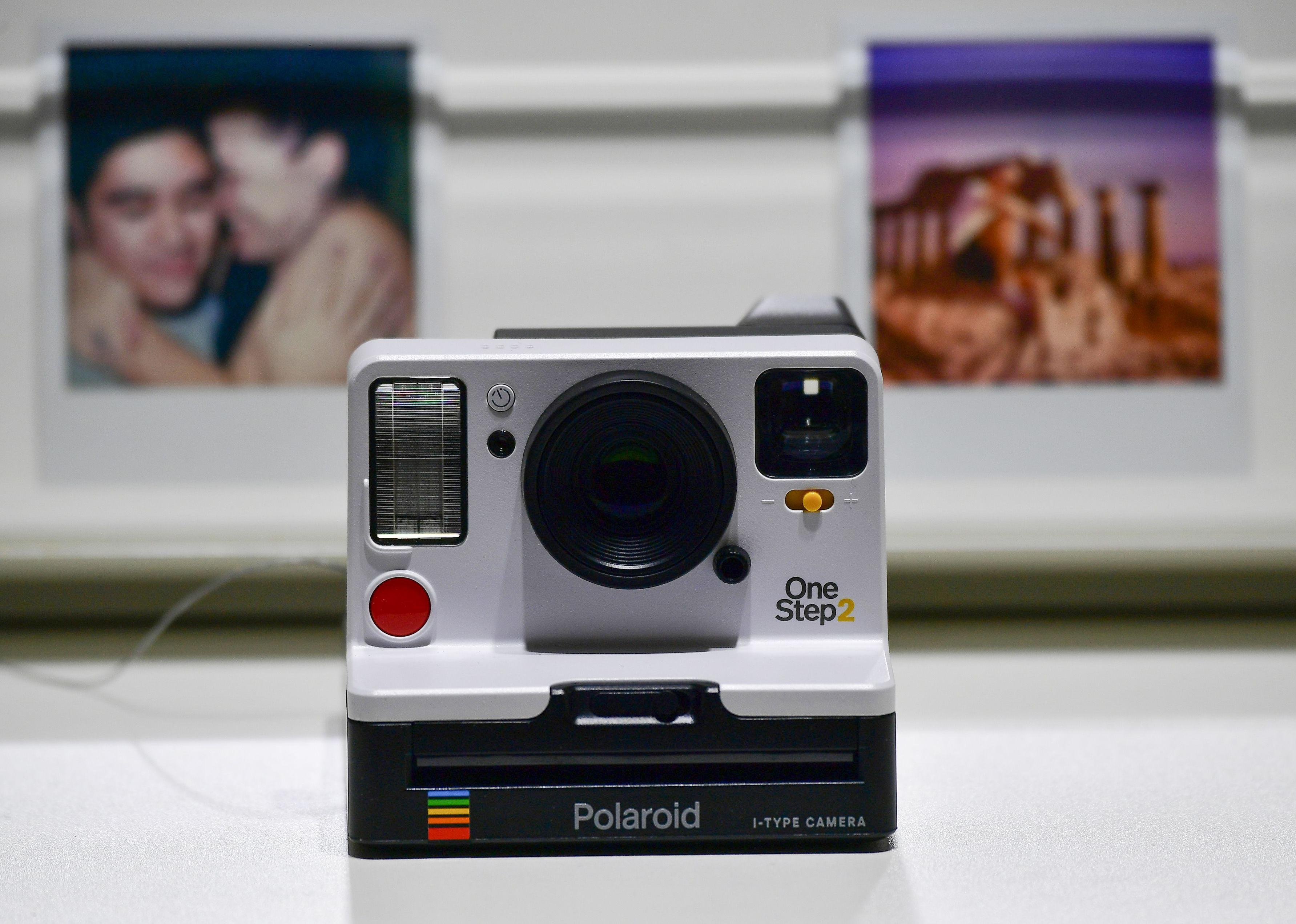
Big photo brands rise—and fall
During the reign of disposable cameras in the 1970s, '80s, and '90s, photography giants like Kodak, Polaroid, and Fuji constantly tried to outdo each other in developing new and improved models. However, not all these brands have survived the transition to the 21st century's digital revolution.
In 2012, Kodak—once a company synonymous with photography and in control of 70% of the U.S. film market—filed for bankruptcy. The company's downfall was its refusal to believe the growing trend toward digital photography should be taken seriously, neglecting to develop new options for consumers.
Similarly, the Polaroid company, which once controlled about 66% of the U.S. instant camera market in the 1970s, filed for bankruptcy in the 2000s after failing to evolve with the digital revolution. After years of ignoring the popularity of digital cameras like the ones produced by Canon or Nikon, Polaroid finally found itself facing its demise and eventually shut down production by 2008.
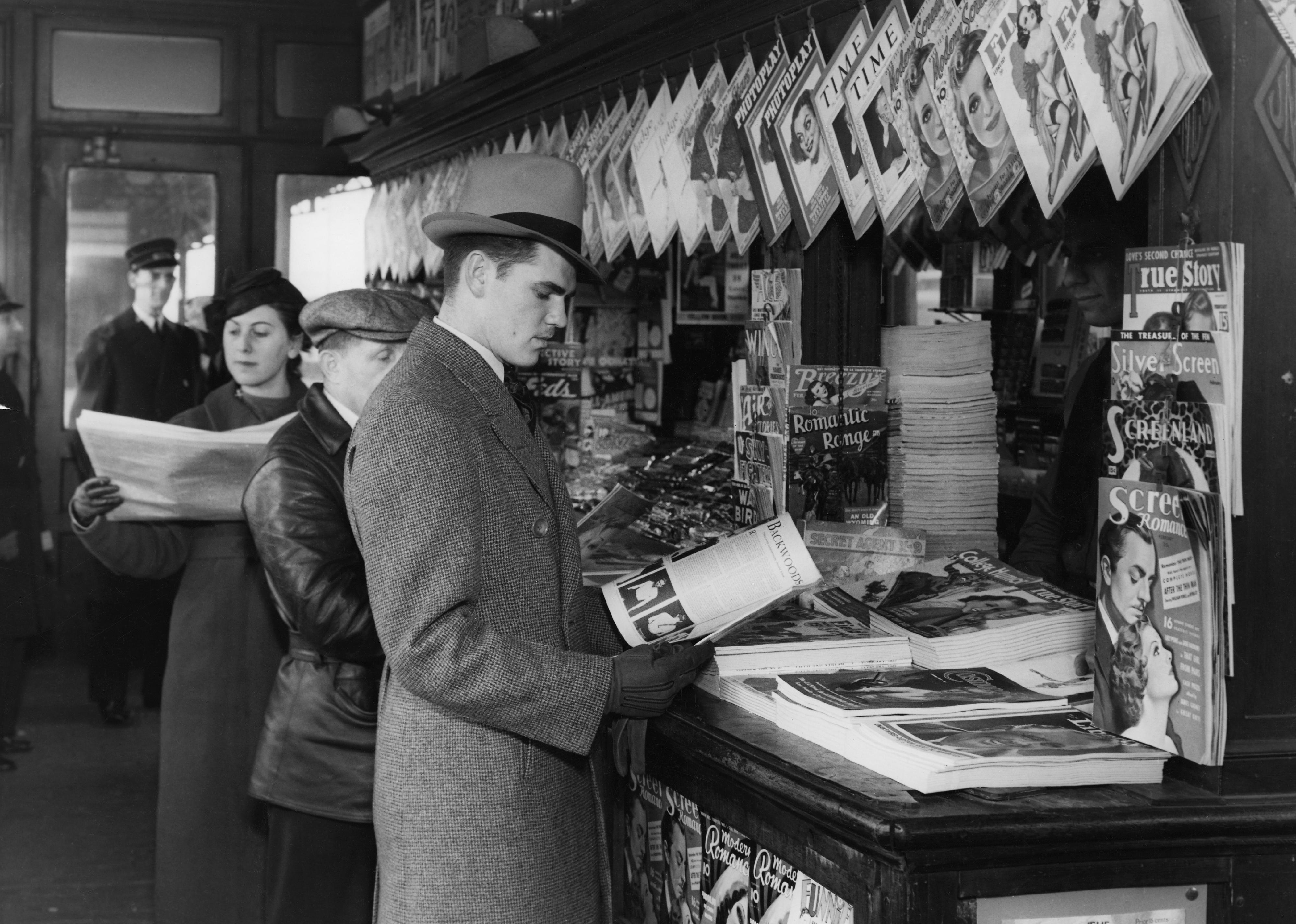
Photos became an integral part of mass media
The 1930s through the '50s saw a "golden age of photojournalism" in the United States, as the government commissioned photographs of the public programs it had created in response to the Great Depression. It set a precedent for documenting not just historical events, but also personal moments in the lives of famous and influential figures.
Through the lens of government-commissioned photographers like Dorothea Lange, Margaret Bourke-White, and Walker Evans, the public saw indelible images of life in America, which the government then offered to newspapers and magazines across the country at no cost.
Magazines like Life, Look, and Fortune grew from this early age of photojournalism. Their production demanded a steady supply of photos to entertain readers. Besides America's first family, the public was eager to witness war, world events, and Hollywood's glamor printed on their pages. Televisions were not yet a fixture in every American's home. With radio as the de facto news and entertainment source, these magazines and newspapers offered the only available visual coverage.
Photographers extensively captured the Great Depression throughout the 1930s, allowing readers in New York to see the hardships in the Dust Bowl with their own eyes. Similarly, photographers provided a constant pipeline between the public and Washington during the presidency of John F. Kennedy in the 1960s. They regularly documented the lives of the president and first lady Jackie Kennedy—both in front of and behind White House doors.
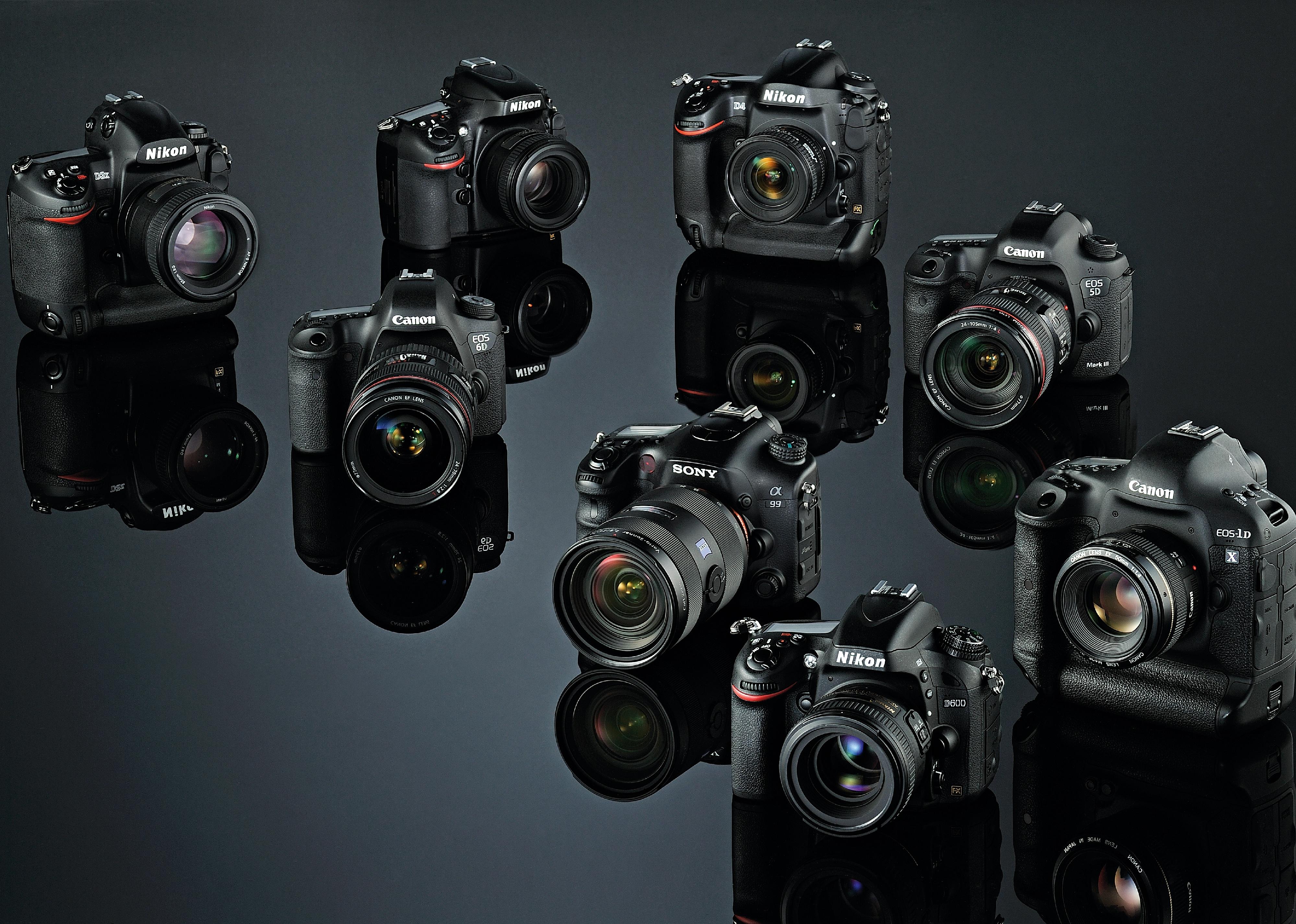
Corporations now dominate much of the industry
Passport photos, stock photos, graduation photos, and nearly every other photography need are now mainly in the hands of large corporations. JCPenney, Walmart, CVS, and other chains offer quick, efficient photo studio services. Getty Images has dominated the stock photo business for decades, currently sitting on an archive of over 350 million images.
While big corporations run many aspects of the photography world—Sony, Nikon, and Canon, to name a few—their growth and future are fueled by the creativity and entrepreneurialism of individuals and small businesses, including wedding photography and school portraits. However, these photo giants are increasingly impeding creatives from making steady earnings, especially when taking hefty royalty fees for licensing out their work.
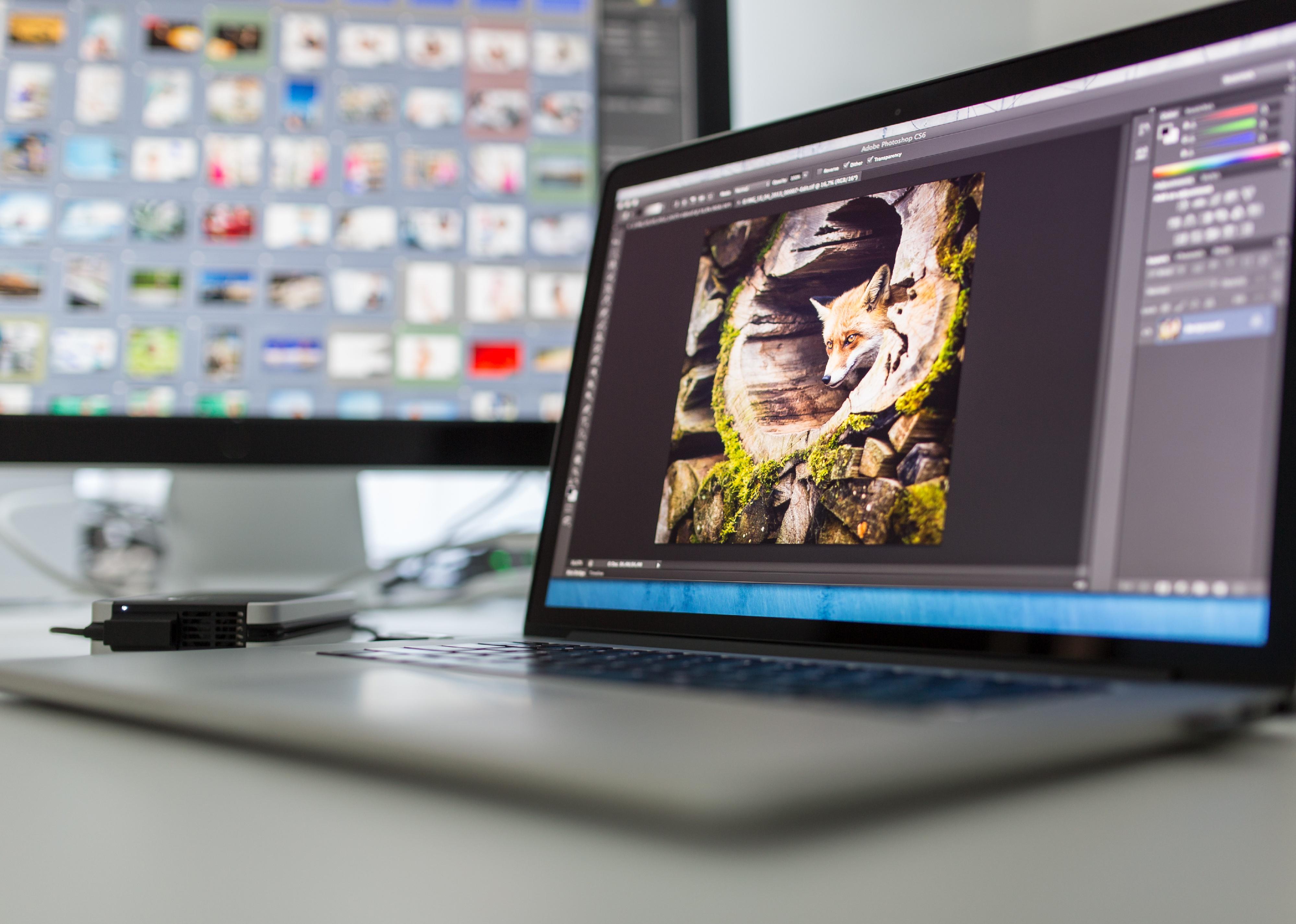
The digital revolution continues with AI use in photography
Since the shift away from film in the late 20th century, innovators have quickly taken advantage of digital photography's possibilities. Digital technology offers photography, editing, and sharing on larger scales and faster timelines than ever before. It also allows for almost unbelievable manipulation capabilities.
Tools like Luminar AI, Pixlr, Ribbet, and the giant Adobe Photoshop now even use artificial intelligence to help streamline the work of removing backgrounds, upscaling low-resolution images, and detecting faces. Image companies are continually advancing the depths to which photographers can edit and enhance their work: Photo editing software is projected to balloon to a $1.48 billion market by 2027.
Today, the term "photo" spans definitions, from a raw, unprocessed image to a heavily manipulated and altered piece of art, leading to debates on whether both merit the title "photograph"—or another title entirely.



